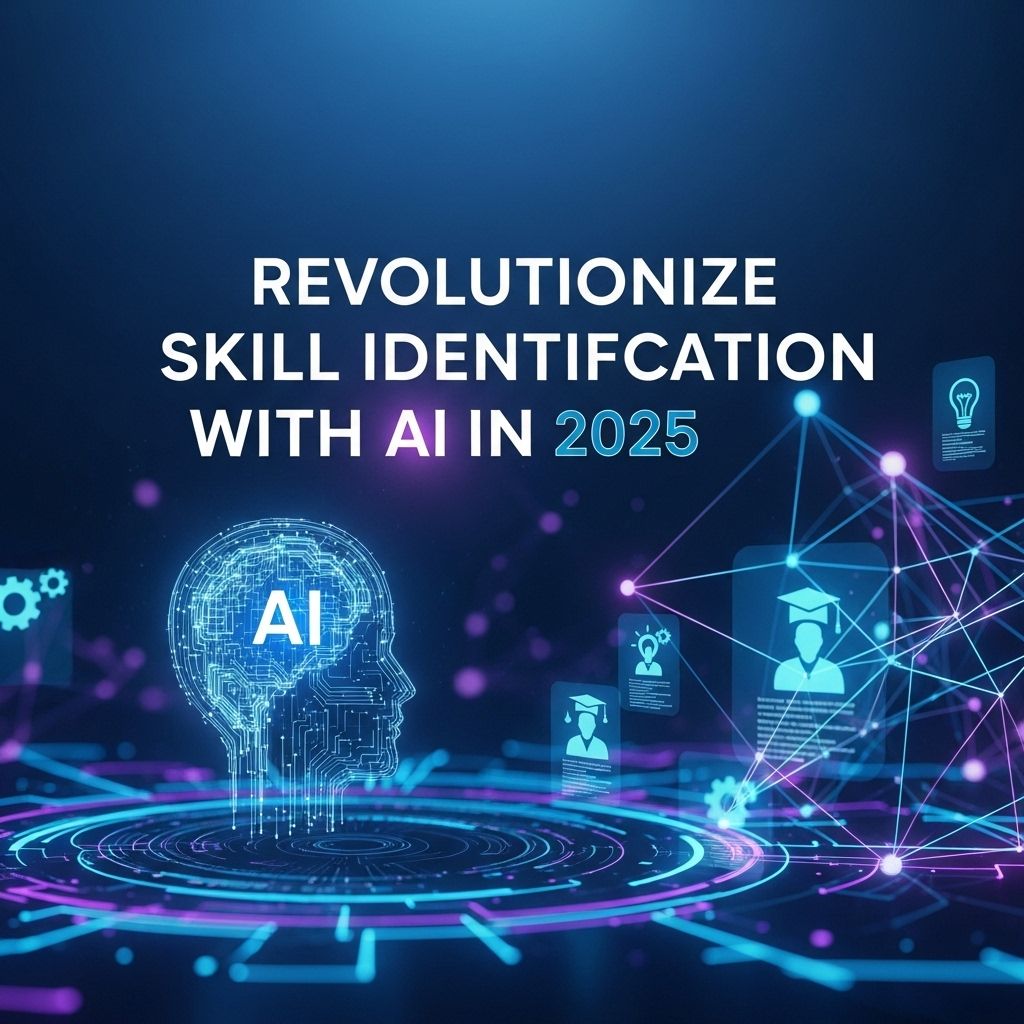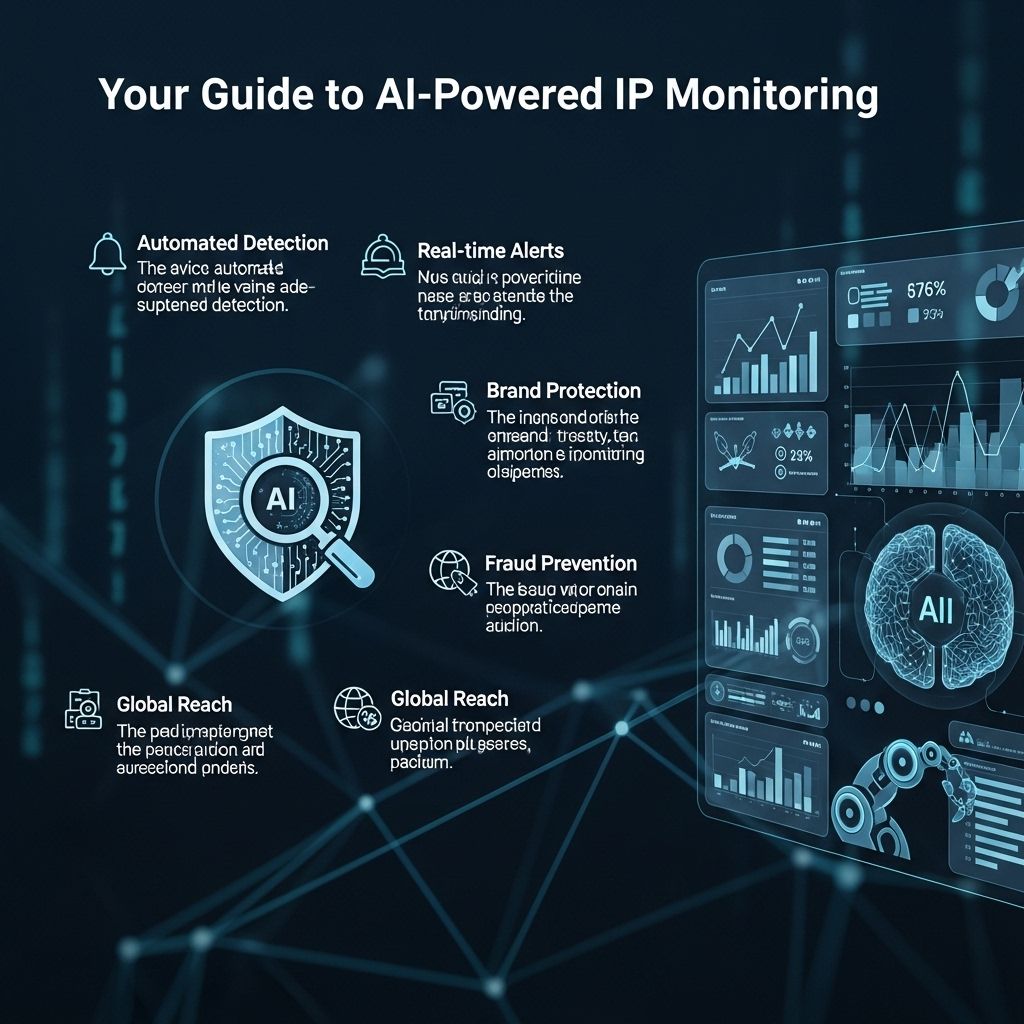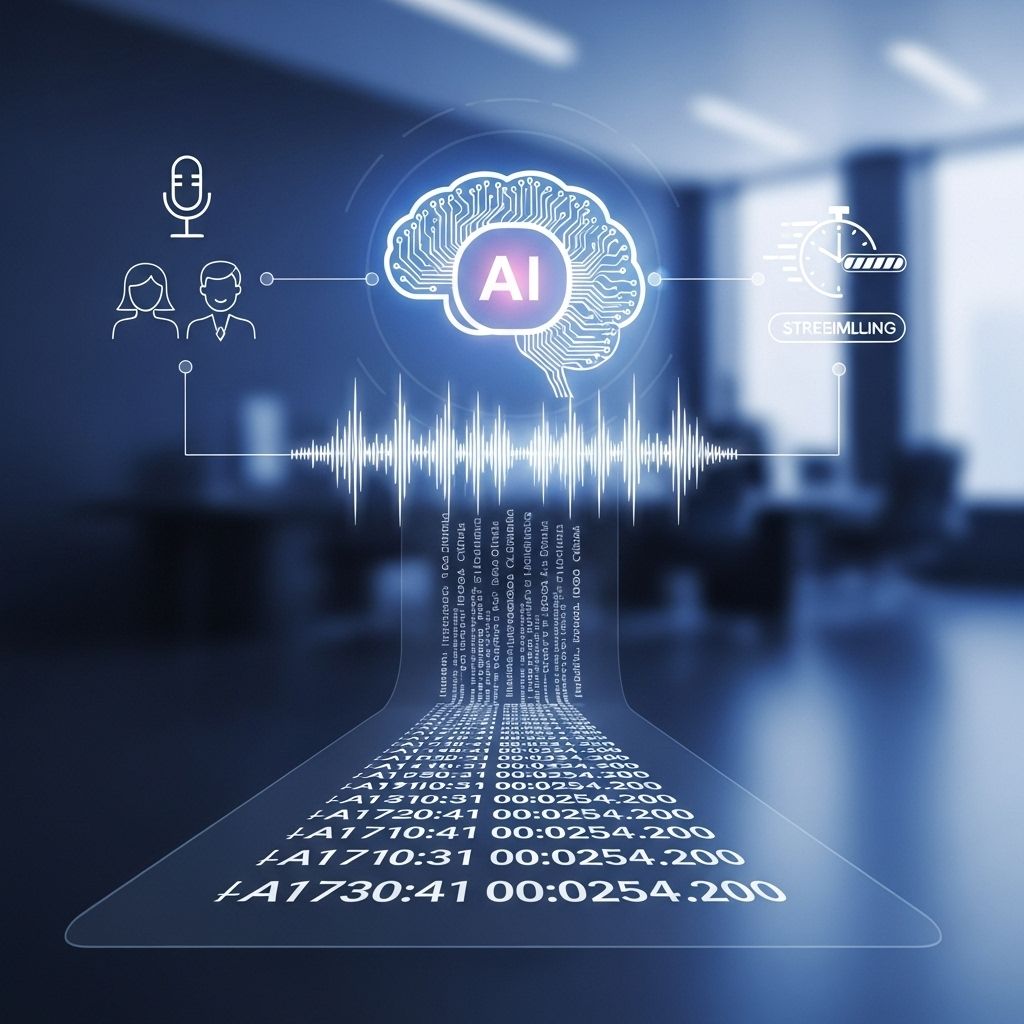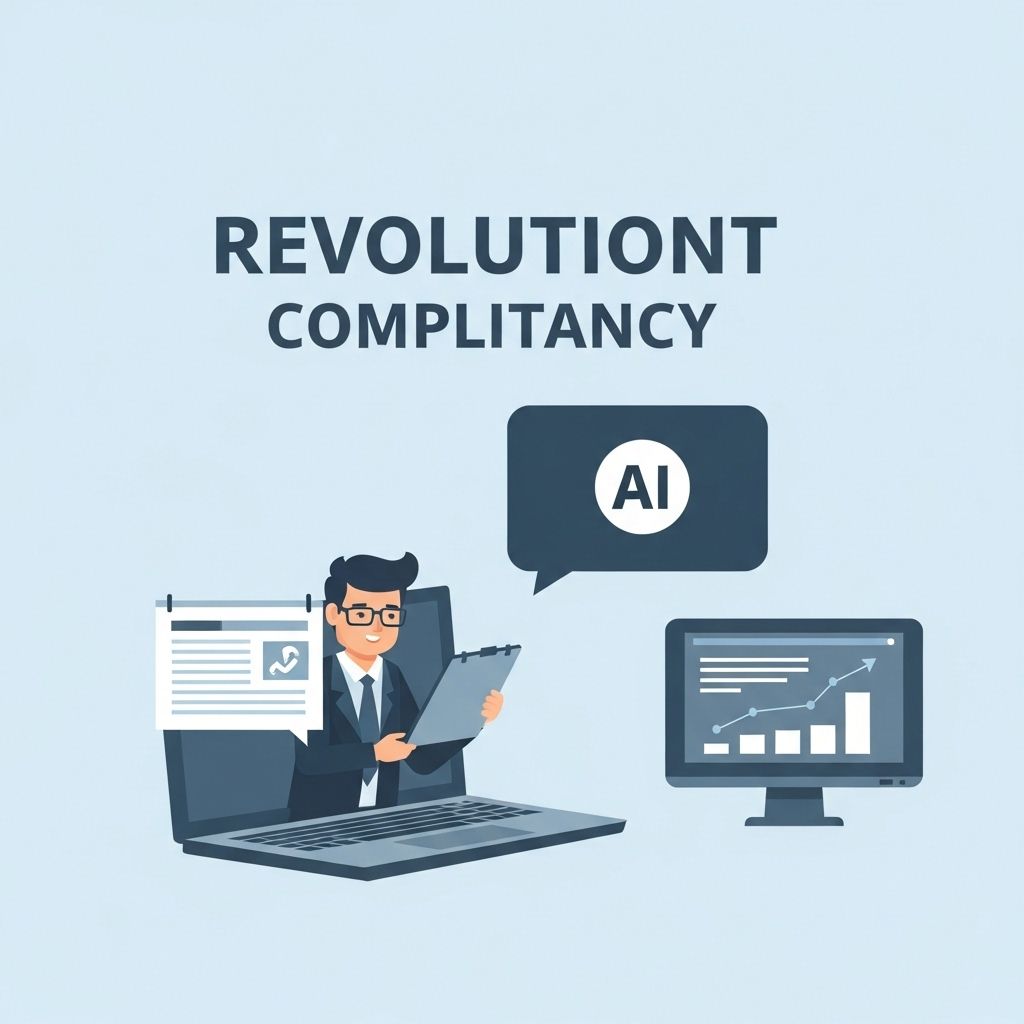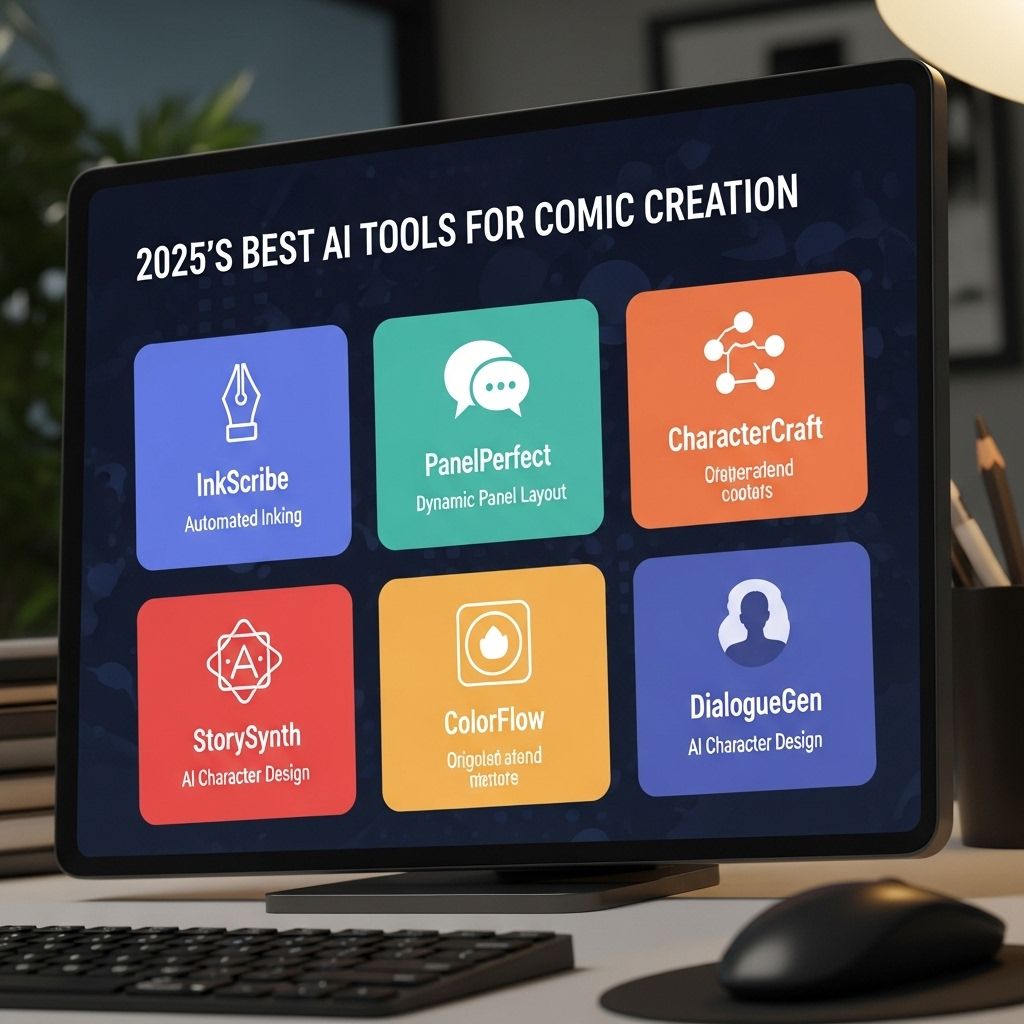Unlocking NLP for Seamless Call Deflection
Discover how NLP technology can transform call deflection strategies, enhancing customer experience and operational efficiency.
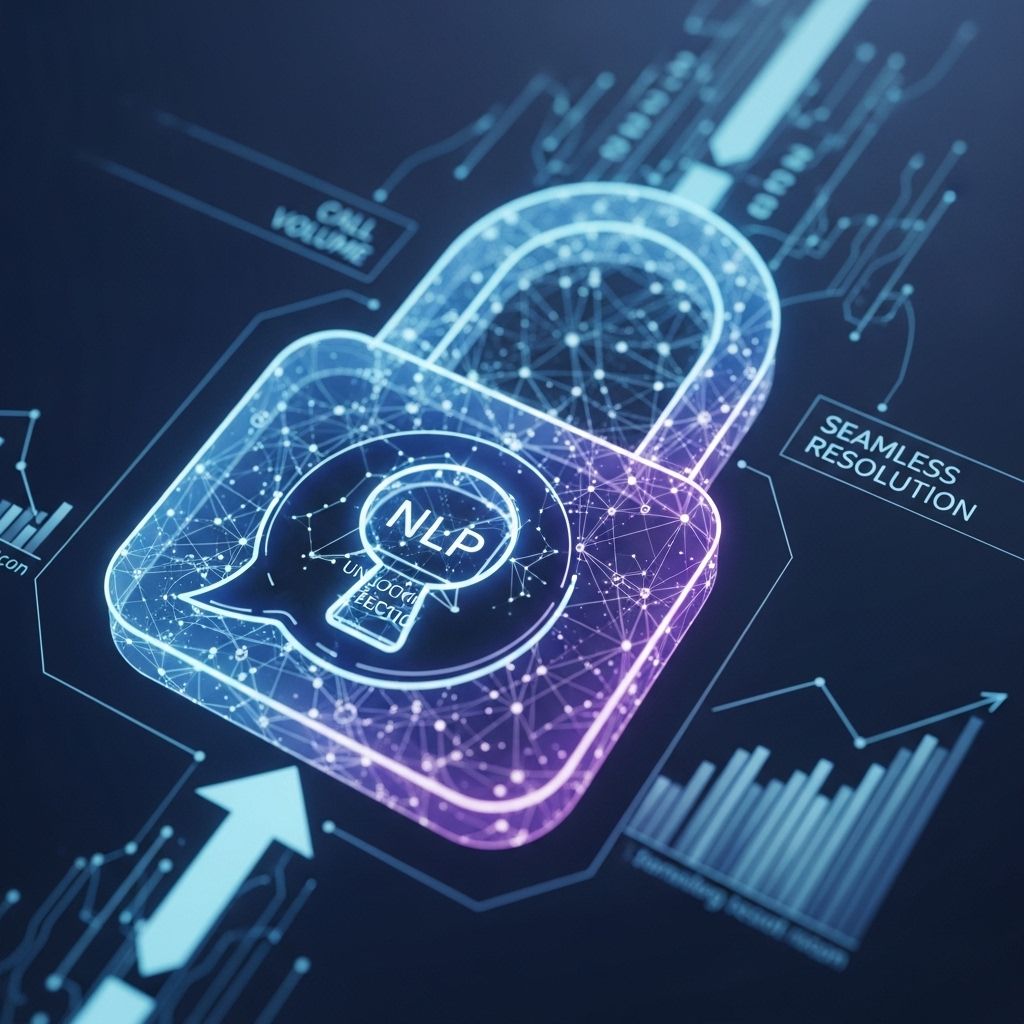
In the rapidly evolving landscape of customer service, businesses are constantly seeking innovative solutions to enhance efficiency and improve user experiences. One breakthrough technology that has gained significant traction is Natural Language Processing (NLP). This powerful tool not only allows for advanced data analysis but also paves the way for seamless call deflection strategies that can transform how organizations interact with their customers.
Table of Contents
Understanding the Role of NLP in Customer Service
NLP is a branch of artificial intelligence that focuses on the interaction between computers and humans using natural language. By understanding and processing human language, NLP enables machines to perform various tasks, such as sentiment analysis, text classification, and language translation.
Key Benefits of NLP in Customer Engagement
- Improved Response Times: NLP can analyze customer queries and provide instant responses, reducing wait times.
- Enhanced Customer Insights: By processing large volumes of data, NLP can uncover trends and preferences, helping businesses tailor their services.
- Efficient Resource Allocation: Automating routine inquiries allows human agents to focus on complex issues, improving overall service quality.
What is Call Deflection?
Call deflection is a strategy used by businesses to redirect customers from traditional phone support to alternative self-service options. This approach not only reduces call volume but also enhances customer satisfaction by providing quicker resolutions to their inquiries.
How NLP Facilitates Call Deflection
Integrating NLP into call deflection strategies can significantly improve their effectiveness. Here’s how:
- Understanding Customer Intent: NLP algorithms can interpret the intent behind customer inquiries, helping to direct them to appropriate self-service resources.
- Chatbots and Virtual Assistants: NLP-powered chatbots can engage in natural conversations with users, providing instant answers and support.
- Personalized Experiences: By analyzing past interactions, NLP can offer personalized recommendations, further encouraging users to use self-service options.
Implementing NLP for Effective Call Deflection
To successfully implement NLP for call deflection, businesses should consider the following steps:
1. Analyzing Customer Data
Understanding previous call data is crucial. Businesses should:
- Collect data on common customer inquiries.
- Identify patterns in customer behavior.
- Analyze feedback to determine areas for improvement.
2. Choosing the Right NLP Tools
There are various NLP tools available in the market. When selecting the right tool, consider:
| Tool | Features | Pricing |
|---|---|---|
| Google Cloud Natural Language | Sentiment analysis, entity recognition | Pay-as-you-go |
| IBM Watson | Language understanding, text to speech | Subscription-based |
| Microsoft Azure Text Analytics | Key phrase extraction, language detection | Pay-as-you-go |
3. Training Models with Relevant Data
Once a suitable tool is chosen, training the model is essential. This involves:
- Feeding the model with diverse datasets.
- Continuously updating it with new data and feedback.
- Testing the model’s accuracy and making necessary adjustments.
4. Creating a User-Friendly Self-Service Portal
The self-service portal should be intuitive and easy to navigate. Key elements include:
- Comprehensive FAQs based on common inquiries.
- Interactive chatbots for real-time support.
- Step-by-step guides and tutorials.
Measuring the Effectiveness of NLP in Call Deflection
To evaluate the success of NLP-driven call deflection, businesses should monitor the following metrics:
1. Call Volume Reduction
A significant decrease in call volume indicates successful deflection. Businesses should track:
- The number of calls before and after implementing NLP.
- The types of inquiries being deflected.
2. Customer Satisfaction Scores
Gather feedback from customers after they utilize self-service options. Key aspects to measure include:
- Ease of use of the self-service portal.
- Overall satisfaction with the response received.
3. Resolution Time
Monitor the time taken to resolve issues through self-service compared to traditional support. Metrics should include:
- Average resolution time for self-service options.
- Comparison with average call resolution time.
Challenges in NLP Implementation
While the benefits of NLP and call deflection are clear, challenges may arise, including:
1. Complex Customer Queries
Some inquiries may be too complex for NLP models to handle effectively, requiring human intervention. It’s important to establish a seamless transition process for such cases.
2. Language and Dialect Variability
Different regions have unique dialects and expressions. NLP models must be trained to understand and process this variation to ensure accuracy.
3. Continuous Learning and Updates
NLP models must continually evolve. Businesses need to dedicate resources for ongoing training and updates to maintain effectiveness.
Future Trends in NLP for Customer Service
The landscape of NLP is constantly changing, with exciting trends shaping its future in customer service:
1. Enhanced Multilingual Support
As businesses expand globally, NLP will increasingly support multiple languages and dialects, catering to a diverse customer base.
2. Emotion Recognition
Future NLP advancements may allow systems to detect customer emotions, enabling more empathetic responses during interactions.
3. Integration with Other Technologies
NLP will work in synergy with other technologies like machine learning and data analytics, creating even more robust customer support solutions.
Conclusion
NLP has emerged as a cornerstone technology for businesses looking to innovate their customer service processes. By leveraging its capabilities for call deflection, organizations can not only reduce operational costs but also enhance customer experiences. As the technology continues to evolve, the potential for NLP in improving service quality and efficiency remains vast. The journey towards leveraging NLP in call deflection is not just a current trend but a necessary step towards future-ready customer engagement.
FAQ
What is call deflection and how does NLP enhance it?
Call deflection refers to strategies used to reduce the number of incoming calls to a customer service center. NLP, or Natural Language Processing, enhances call deflection by enabling automated systems to understand and respond to customer inquiries in a conversational manner, allowing customers to find solutions through self-service options.
How can businesses implement NLP for call deflection?
Businesses can implement NLP for call deflection by integrating AI-driven chatbots and virtual assistants into their customer service platforms. These tools can analyze customer queries and provide instant responses, thereby reducing the need for live agent assistance.
What are the benefits of using NLP for call deflection?
The benefits of using NLP for call deflection include improved customer satisfaction, reduced wait times, lower operational costs, and the ability to handle a higher volume of inquiries efficiently. This technology allows businesses to provide 24/7 support without increasing staffing levels.
Can NLP handle complex customer queries effectively?
Yes, advanced NLP systems are designed to understand context, recognize intent, and respond to complex customer queries effectively. They can learn from interactions to improve their responses over time, making them capable of handling a wide range of customer issues.
Is implementing NLP for call deflection cost-effective?
Implementing NLP for call deflection can be cost-effective in the long run. While initial setup costs may be significant, the reduction in call volume and the need for live agents can lead to substantial savings in operational expenses.
What industries can benefit from NLP-driven call deflection?
Various industries can benefit from NLP-driven call deflection, including retail, telecommunications, healthcare, and financial services. Any sector that handles a high volume of customer inquiries can utilize NLP to streamline support and enhance customer experience.

